Design decisions for buildings and communities are critical to efforts to increase local and regional resiliency. Building designers — of residential, institutional, and commercial structures — should strive to incorporate passive and active survivability concepts into new and renovated structures.
Community planners and developers need to incorporate concepts that increase the capacity to maintain transportation flow, strategies to handle water management, and infrastructure approaches that will withstand a variety of risks.
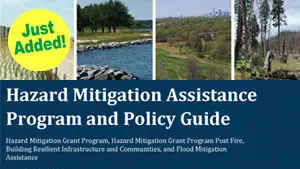
Hazard Mitigation Grant Program (HMGP)
FEMA’s Hazard Mitigation Grant Program provides funding to state, local, tribal and territorial governments so they can develop hazard mitigation plans and rebuild in a way that reduces, or mitigates, future disaster losses in their communities.

Lynchburg Rising: Community Member Resources
Flooding resources for Lynchburg community members
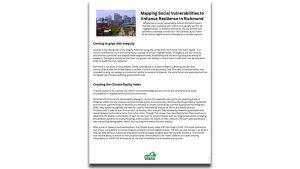
Mapping Social Vulnerabilities to Enhance Resilience in Richmond
Differences in social vulnerability across Richmond meant that the city’s resilience plan didn’t work equally well for all neighborhoods. To enhance their plan, the city worked with partners to develop a novel tool—the Climate Equity Index—to document neighborhood vulnerability to climate impacts.
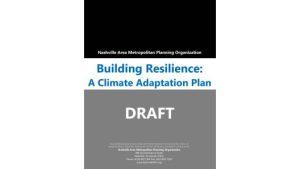
Nashville MPO’s Building Resilience: A Climate Adaptation Plan
This plan was developed by representatives of Nashville Metropolitan Organization (Nashville and surrounding counties) in collaboration with Climate Solutions University (CSU), the Cumberland River Compact, and the Model Forest Policy Program.
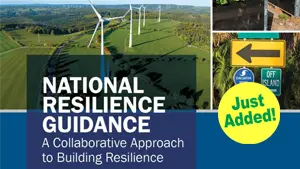
National Resilience Guidance
FEMA’s National Resilience Guidance focuses on actionable principles to create a more resilient nation from identifying threats to working collaboratively towards sustainable solutions.
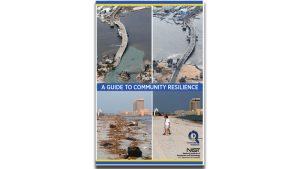
NIST Community Resilience Planning Guide for Buildings and Infrastructure Systems
The National Institute of Standards and Technology has produced two volumes of a Community Resilience Planning Guide for Buildings and Infrastructure Systems. The first volume spends time describing the methodology and provides a fictitious example of the planning process while the second volume provides reference chapters to Volume 1.

Norfolk’s Resilience Strategy
The city of Norfolk, as a 100 Resilient Cities grantee, developed a Resilience Strategy that was published in October 2015. The stated goal of the plan is to reduce risks as well as embrace new ways of thinking and thriving in conditions that require continuous innovation. The full plan is available online.
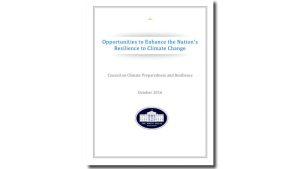
Opportunities to Enhance the Nation’s Resilience to Climate Change
The White House Council on Environmental Quality sponsored a November webinar reviewing Opportunities to Enhance the Nation’s Resilience to Climate Change, a Resilience Opportunities Report from the Council on Climate Preparedness and Resilience. This report discusses the steps that the Obama administration has taken to address resiliency building initiatives and outlines key opportunities for advancing climate resilience moving forward.
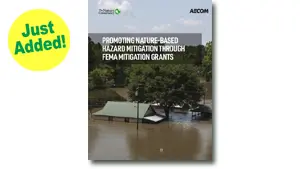
Promoting Nature-Based Hazard Mitigation Through FEMA Mitigation Grants
This guidance document is intended for stakeholders pursuing FEMA HMA grants for nature-based solutions to mitigate risks associated with flooding (riverine and coastal) and wildfire. Many of the HMA grant programs can fund projects that mitigate other hazards, but this document is limited in discussion to flooding and wildfire.
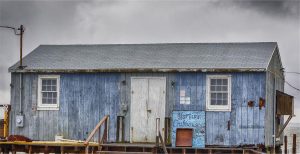
Resilience Adaptation Feasibility Tool (RAFT)
The Resilience Adaptation Feasibility Tool (RAFT) is a collaborative, community-driven process and full-service tool developed to help Virginia’s coastal localities improve resilience to flooding and other coastal storm hazards while remaining economically and socially viable.

Hazard Mitigation Grant Program (HMGP)
FEMA’s Hazard Mitigation Grant Program provides funding to state, local, tribal and territorial governments so they can develop hazard mitigation plans and rebuild in a way that reduces, or mitigates, future disaster losses in their communities.

Lynchburg Rising: Community Member Resources
Flooding resources for Lynchburg community members

Mapping Social Vulnerabilities to Enhance Resilience in Richmond
Differences in social vulnerability across Richmond meant that the city’s resilience plan didn’t work equally well for all neighborhoods. To enhance their plan, the city worked with partners to develop a novel tool—the Climate Equity Index—to document neighborhood vulnerability to climate impacts.

Nashville MPO’s Building Resilience: A Climate Adaptation Plan
This plan was developed by representatives of Nashville Metropolitan Organization (Nashville and surrounding counties) in collaboration with Climate Solutions University (CSU), the Cumberland River Compact, and the Model Forest Policy Program.

National Resilience Guidance
FEMA’s National Resilience Guidance focuses on actionable principles to create a more resilient nation from identifying threats to working collaboratively towards sustainable solutions.

NIST Community Resilience Planning Guide for Buildings and Infrastructure Systems
The National Institute of Standards and Technology has produced two volumes of a Community Resilience Planning Guide for Buildings and Infrastructure Systems. The first volume spends time describing the methodology and provides a fictitious example of the planning process while the second volume provides reference chapters to Volume 1.

Norfolk’s Resilience Strategy
The city of Norfolk, as a 100 Resilient Cities grantee, developed a Resilience Strategy that was published in October 2015. The stated goal of the plan is to reduce risks as well as embrace new ways of thinking and thriving in conditions that require continuous innovation. The full plan is available online.

Opportunities to Enhance the Nation’s Resilience to Climate Change
The White House Council on Environmental Quality sponsored a November webinar reviewing Opportunities to Enhance the Nation’s Resilience to Climate Change, a Resilience Opportunities Report from the Council on Climate Preparedness and Resilience. This report discusses the steps that the Obama administration has taken to address resiliency building initiatives and outlines key opportunities for advancing climate resilience moving forward.

Promoting Nature-Based Hazard Mitigation Through FEMA Mitigation Grants
This guidance document is intended for stakeholders pursuing FEMA HMA grants for nature-based solutions to mitigate risks associated with flooding (riverine and coastal) and wildfire. Many of the HMA grant programs can fund projects that mitigate other hazards, but this document is limited in discussion to flooding and wildfire.

Resilience Adaptation Feasibility Tool (RAFT)
The Resilience Adaptation Feasibility Tool (RAFT) is a collaborative, community-driven process and full-service tool developed to help Virginia’s coastal localities improve resilience to flooding and other coastal storm hazards while remaining economically and socially viable.
